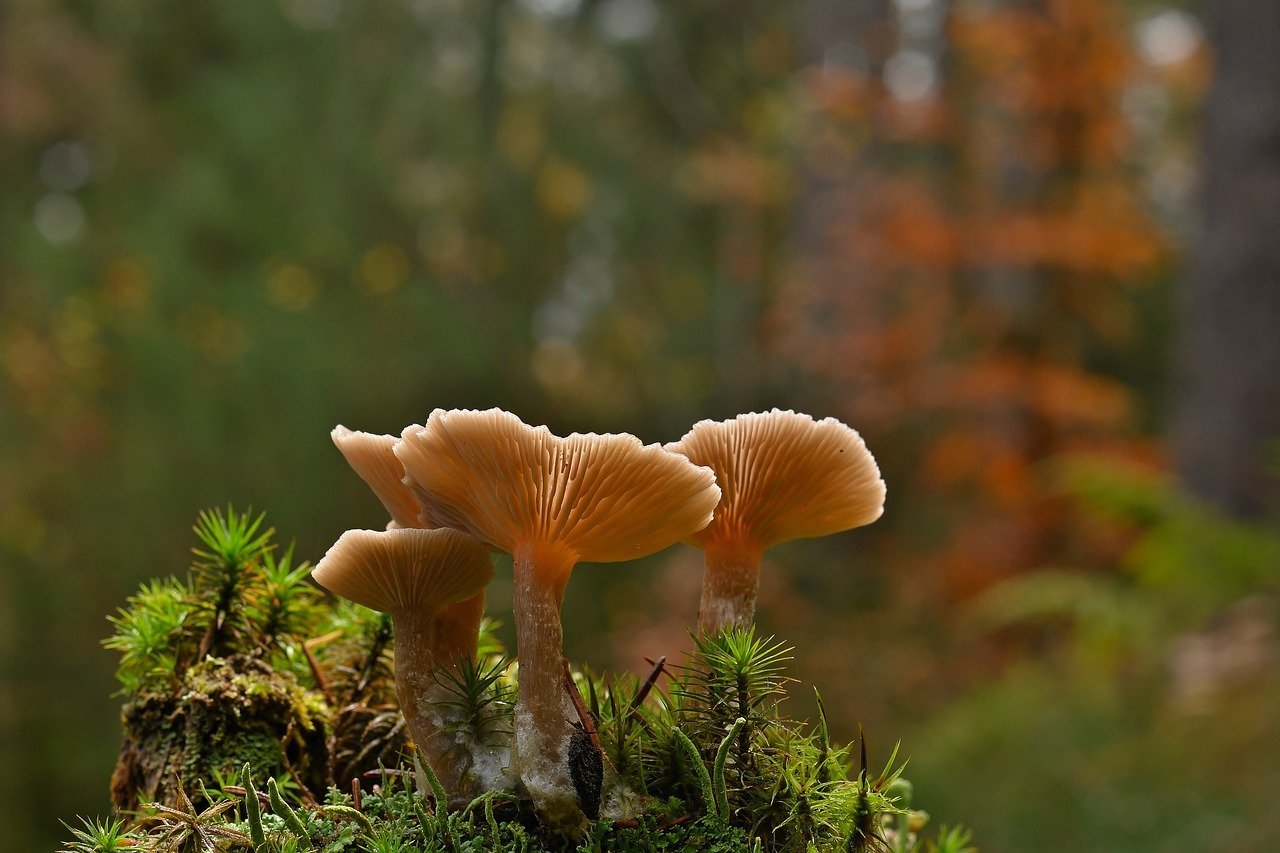Have you ever wandered through a forest and come across those vividly colored mushrooms that look like they belong in a fairytale? You might have encountered the fascinating members of the Hygrocybe conica species. These mushrooms, also known as the Witch’s Hat, are a delight for both amateur mycologists and seasoned mushroom hunters. Let’s embark on an in-depth journey to understand these captivating fungi.
Introduction to Hygrocybe Conica
The Hygrocybe conica mushrooms are part of the Hygrophoraceae family and are commonly referred to as “Witch’s Hat”. They are easily recognizable by their unique cap shape and vibrant colors, which change as they age or get damaged. But there’s more than meets the eye with these enchanting mushrooms.
What Makes Hygrocybe Conica Special?
Hygrocybe conica is more than just a colorful mushroom in the woods. These fungi are a key indicator of a healthy ecosystem, particularly in grasslands and wooded areas. Their unique characteristics and role in the environment make them a subject of intrigue.
Common Names and Identifying Features
Hygrocybe conica goes by several names including Witch’s Hat, Blackening Waxcap, and Conical Waxcap. These names often refer to the distinct features it possesses, such as the conical shape of its cap and its tendency to blacken when handled or aging.
Characteristics of Hygrocybe Conica
Understanding the physical characteristics of the Hygrocybe conica can help you pinpoint these mushrooms in the wild. Let’s break down these identifying features.
Cap
The cap of the Hygrocybe conica changes color with age and damage. Initially, it is bright red or orange, turning to yellow, and eventually blackens with time or when touched. The cap is conical, which later becomes bell-shaped.
Gills
The gills underneath the cap are another key feature. They are soft, waxy, and start as white or yellow, eventually turning to a darker color as the mushroom matures.
Stem
The stem is smooth and cylindrical, often mirroring the cap’s color changes. It is typically hollow or stuffed with pith and has a waxy texture.
| Feature | Description |
|---|---|
| Cap | Conical shape, color changes from red/orange to black |
| Gills | Soft, waxy, starting white/yellow, darkening with age |
| Stem | Smooth, cylindrical, hollow/stuffed |
Spores
The spores of the Hygrocybe conica are white to cream-colored and oval-shaped, which can be useful for identification under microscopic examination.

Habitat and Distribution
Knowing where to find Hygrocybe conica is crucial for any mushroom enthusiast. These fungi have specific habitat preferences and are distributed across various regions.
Preferred Habitat
Hygrocybe conica mushrooms thrive in grassy areas and woodlands. They prefer moist environments with rich organic matter. They are commonly found in Europe, North America, and parts of Asia, predominantly growing in late summer to autumn.
Geographical Distribution
These mushrooms are widely distributed but certain regions offer more favorable conditions. Below is a table summarizing their geographical distribution:
| Region | Habitats Found |
|---|---|
| Europe | Grasslands, woodlands |
| North America | Grassland meadows, forests |
| Asia | Humid forested areas |
Ecological Role
The Hygrocybe conica species play a significant ecological role. They are known as indicators of environmental health, particularly in grassland ecosystems.
Indicators of Ecosystem Health
These mushrooms often grow in areas that are undisturbed and rich in biodiversity. Their presence is a good sign of minimal soil disruption and high-quality habitats.
Relationship with Other Organisms
While not forming traditional mycorrhizal relationships like other fungi, Hygrocybe conica does interact with the surrounding soil microorganisms, contributing to nutrient cycling in their ecosystems.

Edibility and Toxicity
A question that often arises with wild mushrooms is, “Can I eat this?” For Hygrocybe conica, the answer is more complex than a simple yes or no.
Edibility
While these mushrooms are not traditionally sought after for culinary purposes, they are considered non-toxic in small amounts. However, their lack of significant flavor and the dramatic color change when handled might deter most from consuming them.
Toxicity Concerns
There are some reports suggesting gastrointestinal distress when consumed in large quantities. It’s generally advised to avoid eating them, and they have little culinary value.
Conservation Status
The conservation status of Hygrocybe conica varies globally but is generally considered stable. However, habitat loss does pose a future threat.
Current Status
These mushrooms are not listed as endangered or threatened on a global scale. However, their reliance on unpolluted, undisturbed habitats makes them susceptible to environmental changes.
Conservation Efforts
Efforts to conserve their habitats indirectly help protect these fungi. Practices such as sustainable forestry and grassland management are vital in preserving the conditions they need to thrive.

Interesting Facts
Color Transformation
One of the most intriguing features of Hygrocybe conica is its remarkable color transformation. This color change, especially the blackening, is due to oxidative chemical reactions within the mushroom tissue.
Longevity in Fungi
Unlike many other mushrooms that quickly degrade, Hygrocybe conica can persist for several weeks. Their resilience makes them a fascinating study subject for mycologists.
Conclusion
The Hygrocybe conica species, with their vibrant colors and ecological significance, are a remarkable group of mushrooms. They serve as indicators of environmental health, interact uniquely within their ecosystems, and pose minimal risks in terms of edibility. By understanding and appreciating these fungi, we gain a deeper insight into the intricate web of life they support and the delicate balance of nature.
If you ever come across one of these captivating mushrooms, take a moment to admire its beauty and what it symbolizes in its natural habitat.

